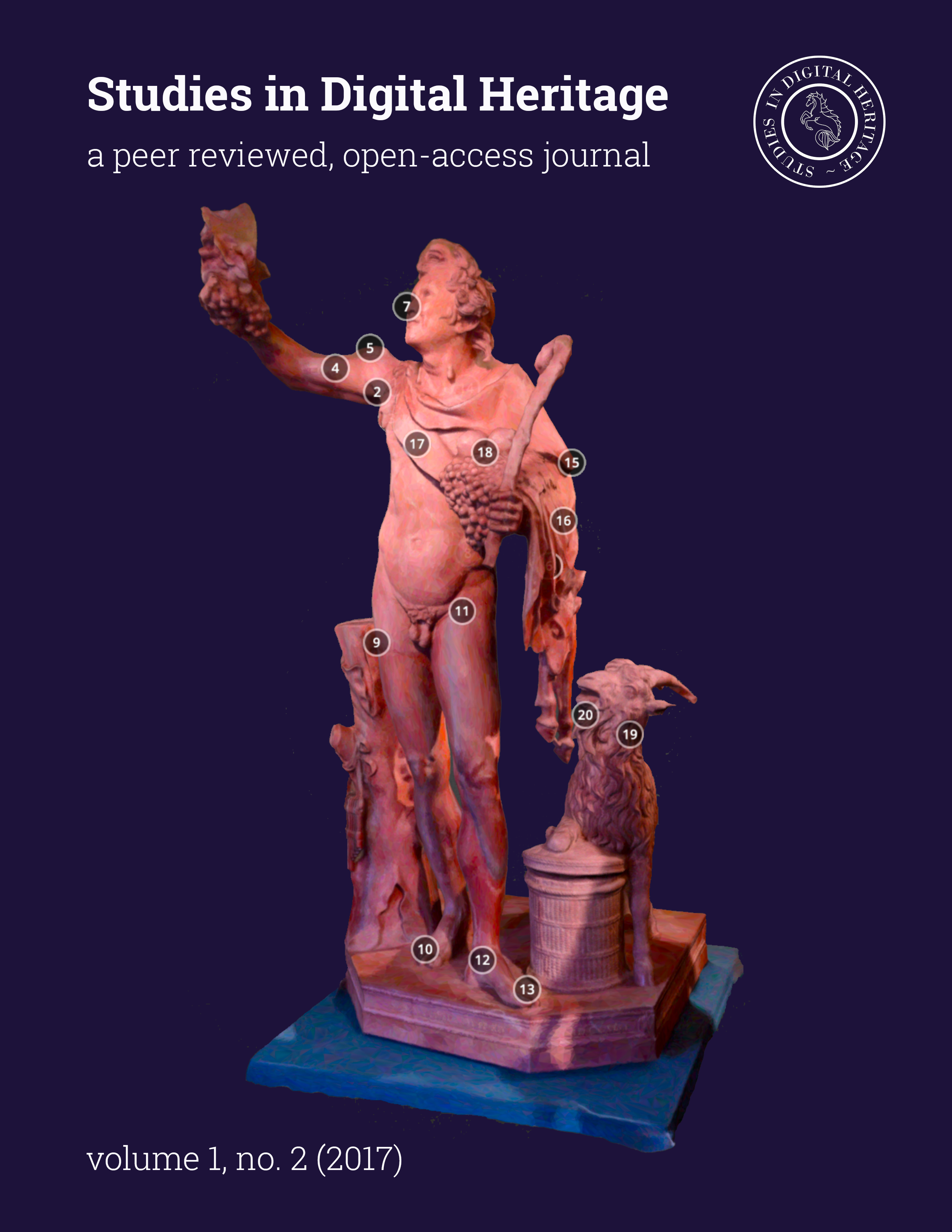Restoration in archaeological university courses: practical ceramic conservation laboratory in graduate school in archaeology – UNIFI
Main Article Content
Abstract
In theoretical Archaeological University courses it is often impossible to act directly on artifacts owing to the lack of products and working spaces and the poor availability of suitable materials. However, the archaeologist’s work is mainly carried out in the field and in most cases requires direct conservative procedures on archaeological ceramics to allow their study and documentation. As such, the lack of practical restoration laboratories within the university curricula represents a serious gap in the training of future professional archaeologists. In 2016 a practical laboratory of ceramic conservation was established for the first time inside the Graduate School of Archaeology of the University of Florence. The goal was to give students the opportunity to put into practice the theoretical conservation lessons learned in the classroom. Trainees were put to work directly both on archaeological and modern ceramic materials, so as to learn which materials to use and how to make all relevant operations for the cultural heritage conservation (cleaning, sticking and integration of missing parts). All the operations carried out during the course followed the same procedures currently required on archaeological ceramics by the Superintendency for Archaeological Heritage of Tuscany. All the steps taken in the laboratory are similar to those implemented on a Mycenaean stirrup jar reported in the poster as an example.
Downloads
Article Details
From 18 May 2018, the contents of Studies in Digital Heritage are licensed under a Creative Commons Attribution-NonCommercial 4.0 International License (CC BY-NC 4.0). Our submitting authors pay no fee and retain the copyright to their own work.
How this works: to submit their work to the journal, authors grant Studies in Digital Heritage a nonexclusive license to distribute the work according to a CC BY-NC 4.0 license. Once an article is published, anyone is free to share and adapt its contents—provided only that they do so for noncommercial purposes and properly attribute the shared or adapted information. Details of these terms can be found on the Creative Commons website.
Download SDH’s full author agreement here
Studies in Digital Heritage will insert the following note at the end of any work published in the journal:
© [Year] by the authors. This article is an open-access article distributed under the terms and conditions of the Creative Commons Attribution License CC BY-NC 4.0 (https://creativecommons.org/licenses/by-nc/4.0/).
References
Mario Benzi. 2009. Le prime tombe micenee scoperte da archeologi italiani a Rodi. In Anna Margherita Jasink & Luca Bombardieri, eds. Le Collezioni egee del Museo Archeologico Nazionale di Firenze. Firenze: University of Florence Press, 372-378.
Luca Bombardieri and Anna Margherita Jasink. 2014. Sherd Project (Secure Heritage, Exhibition, Research and Didactics). Toward a DigiDactic Museum of the Aegean and Cypriote Ceramic Collection, University of Florence. In Proceedings of the 18th International Conference on Cultural Heritage and New Technologies (CHNT 18). Wien: eBook Edition.
Giulia Dionisio. 2016. Il restauro conservativo di dieci ceramiche archeologiche pertinenti all’area egea conservate nel Museo Archeologico Nazionale di Firenze. Notiziario della Soprintendenza per i Beni Archeologici della Toscana. Casa Editrice All’insegna del Giglio, 9-19.
Giulia Dionisio et al. 2015. Restauro archeologico e restauro virtuale: due diverse applicazioni del restauro virtuale per la conservazione del patrimonio dei Beni Culturali. Archeomatica 1.


